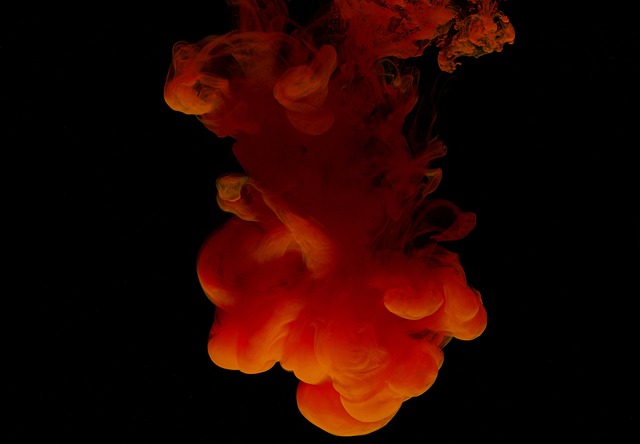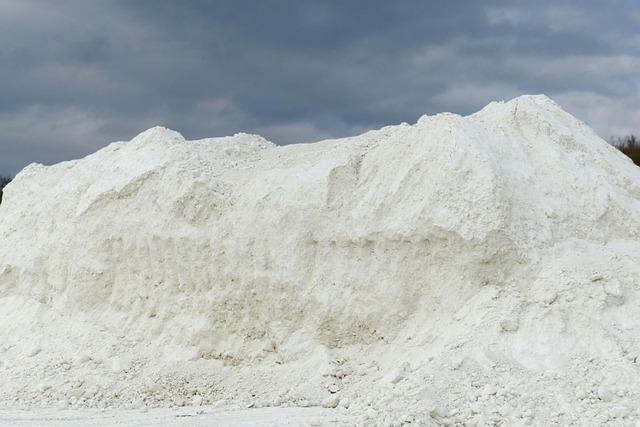This text provides a comprehensive guide to carpet and upholstery stain removal, emphasizing prompt action, pre-treatment, and tailored cleaning methods based on fabric types. Key points include:
– Specific treatment for different stain types: Liquid spills require absorbent materials, oily stains need detergents or grease cleaners, while dried dirt should be brushed/vacuumed before treating with suitable solutions.
– Pre-treatment's importance: Gently blotting and pre-treating stained areas with mild detergent or stain remover breaks down the bond between stains and fabric fibers.
– Fabric-specific cleaning: Natural fibers need pH-neutral cleaners, while synthetics can tolerate stronger enzymatic solutions. Tailoring the approach ensures effective stain removal without damage.
– Eco-friendly methods: Baking soda and vinegar are natural cleaners effective for stain removal and safe for families and the environment.
– Regular deep cleaning: Extends carpet and upholstery lifespan.
– Stain prevention & quick action: Immediate blotting with clean cloths, regular vacuuming, and protective coatings minimize stains and improve DIY removal success rates.
Carpet and upholstery stains can be a common household hassle, but effective stain removal is key to maintaining a clean and inviting space. Understanding various stain types is the first step towards successful treatment. Pre-treatment is crucial for optimal results, as it prepares the fabric for cleaning. Choosing the right products for your fabric type ensures damage-free cleaning. This guide covers everything from identifying stains to maintaining a stain-free environment, with tips and tricks for effective stain removal.
Understanding Common Stain Types

Carpet and upholstery are often subject to various stains, each requiring a specific approach for effective stain removal. Understanding common stain types is the first step in achieving professional-looking cleanliness. For instance, liquid spills like coffee or wine can be treated promptly with absorbent materials to absorb excess fluid, preventing deeper penetration into fibres.
On the other hand, oily or greasy stains, such as from butter or oil, demand a different strategy. Using a detergent or specialized cleaner designed for grease removal is crucial. These products help break down the oil before rinsing it away. Conversely, dried-on dirt and dust require brushing or vacuuming to loosen particles before applying an appropriate cleaning solution tailored for fabric types, ensuring optimal stain elimination without damaging the material.
Pre-Treatment: The First Step in Stain Removal

Pre-treatment is a crucial step in the stain removal process, often overlooked but essential for achieving optimal results. Before any cleaning solution comes into contact with the carpet or upholstery, it’s vital to blot and pre-treat the stained area. This involves gently absorbing as much of the liquid or solid substance as possible using a clean, white cloth or paper towel. It’s important to act quickly, especially with fresh stains, as this increases the chances of successful removal.
By pre-treating, you create an environment conducive to stain extraction. The goal is to break down the stain’s bond with the fabric fibres, making it easier for cleaning agents to dislodge and remove. Common pre-treatment methods include applying a small amount of mild detergent or stain remover directly to the stain and gently rubbing it in before allowing it to sit for a few minutes. This initial step sets the stage for effective stain removal during the main cleaning process.
Choosing the Right Cleaning Solutions for Different Fabrics

When it comes to stain removal, the fabric’s type is a crucial factor in selecting the most effective cleaning solutions. Different fabrics, from wool to silk and polyester blends, have unique characteristics that require tailored care. For instance, natural fibers like wool and cotton might need gentle, pH-neutral cleaners to avoid fiber damage, while synthetic fabrics can often withstand stronger, enzymatic solutions designed for stain and odor elimination.
Understanding the fabric composition is essential. Delicate fabrics may demand spot cleaning techniques with mild detergents, whereas more robust materials could benefit from full-scale immersion in powerful yet safe cleaning agents. The right choice ensures that stains are removed effectively without compromising the fabric’s integrity, preserving the beauty and longevity of your carpet or upholstery.
Effective Techniques for Carpet and Upholstery Cleaning

Effective techniques for carpet and upholstery cleaning involve a combination of specialized tools and eco-friendly solutions. Start by vacuuming to remove loose dirt and debris, then tackle deeper stains using a carpet cleaning machine with adjustable settings. For upholstery, use a soft brush to agitate the fibers before applying a pre-treater to target specific marks. Let the solution sit for a few minutes, then blot dry with a clean cloth to avoid excessive moisture that can cause staining. Regular maintenance and prompt stain removal are key to keeping carpets and upholstery in pristine condition.
Consider using natural cleaning agents like baking soda or vinegar as alternatives to harsh chemicals. These solutions are not only effective at removing stains but also safe for both your family and the environment. Additionally, regular deep cleaning sessions can extend the lifespan of your carpets and upholstery, saving you money on costly replacements.
Addressing Stains on Specific Areas and Colors

When it comes to stain removal, addressing specific areas and colors requires tailored approaches. For instance, treating a wine stain on a light-colored carpet demands swift action with cold water and a blend of white vinegar or club soda to dilute the liquid. On the other hand, a grease stain on a dark upholstery might call for a mild detergent or baking soda solution, avoiding harsh chemicals that could discolor the fabric.
Understanding fiber types is crucial here. Natural fibers like wool or silk need gentle care, while synthetic fabrics can withstand stronger cleaners. Always test any cleaning solution in an inconspicuous area first and follow fabric-specific guidelines to ensure effective stain removal without damaging the material.
Tips for Maintaining a Clean and Stain-Free Environment

Maintaining a clean and stain-free environment is key to preserving the beauty and longevity of your carpets and upholstery. Regular cleaning is essential, but it’s equally important to prevent stains from occurring in the first place. Start by understanding that immediate action is crucial for effective stain removal. When a spill happens, blot it up quickly using a clean cloth or paper towel to absorb as much of the liquid as possible. Avoid rubbing, as this can push the stain deeper into the fibers.
Additionally, consider the following tips: always clean from the outside in to prevent spreading stains, use a vacuum regularly to remove dust and dirt, and treat furniture and carpeting with protective coatings or sprays designed to repel liquids and stains. By incorporating these simple practices into your routine, you’ll create a healthier, more aesthetically pleasing living space while reducing the need for frequent professional cleaning services.
Common Mistakes to Avoid During Stain Cleaning

Many people attempt DIY stain removal, but common mistakes can lead to permanent damage or ineffective cleaning. One of the biggest blunders is using hot water, which can set deep stains and cause fibres in carpets and upholstery to shrink or deteriorate. Always opt for cold or lukewarm water when treating stains, as it’s gentler and less likely to cause further harm.
Another avoidable error is failing to act quickly. Delays can make stain removal much more challenging. The longer a stain sits, the deeper it penetrates into the fabric. Blotting the stain with a clean cloth or paper towel right away helps absorb excess liquid and prevents it from spreading—a crucial first step in effective stain removal.
